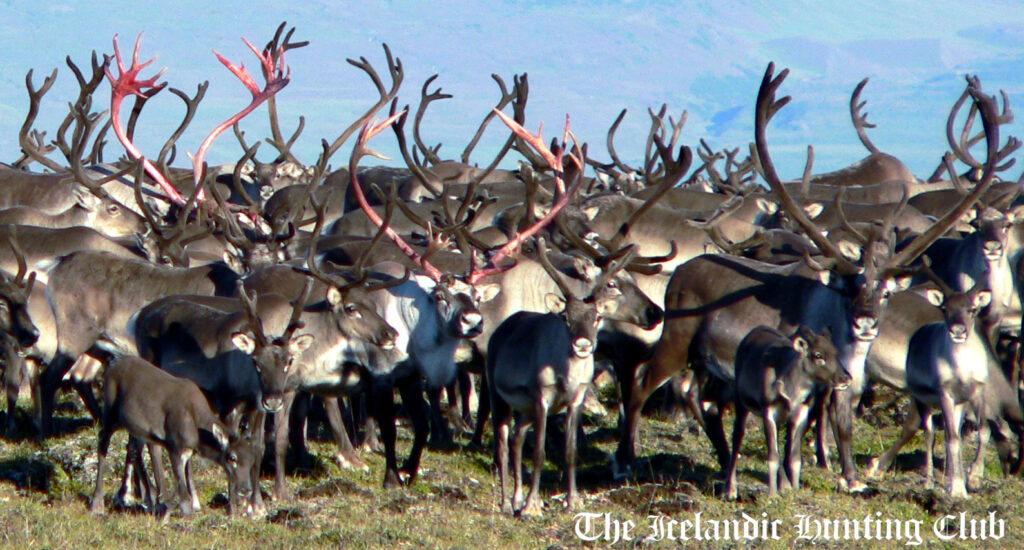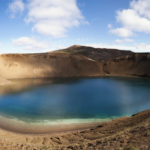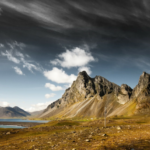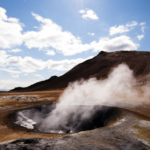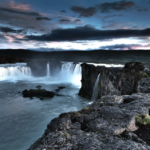Partners

Iceland
Iceland is the 3rd largest island in the world, located in the North Atlantic Ocean between continental Europe and Greenland. Iceland is a part of Northern Europe. Iceland has a population of about 320.000 and a total area of 103,000 sq km (40,000 sq mi). The capital and most populous city of Iceland is Reykjavík.
Iceland is volcanically and geologically very active. This defines the landscape in various ways. The interior mainly consists of a plateau characterized by sand fields, mountains and glaciers, while many large glacial rivers flow to the sea through the lowlands. Warmed by the Gulf Stream, Iceland has a temperate climate relative to its latitude.
There are many bird species in Iceland. Those that can be hunted and are worth mentioning are:
- Puffins and their seabird relatives, Black Guillemot, Common Guillemot and Razorbill.
- 3 goose species, Greylag, Pinkfoot and Barnacle geese.
- 7 duck species, Mallard, Greenwing Teal, Eurasian Widgeon, Red breasted Merganser, Greater Scaupe, Tufted duck and Long tailed duck (Old squaw).
- Rock Ptarmigan.
Photos on this page by courtesy of Thomas Bjørsland Hansen

